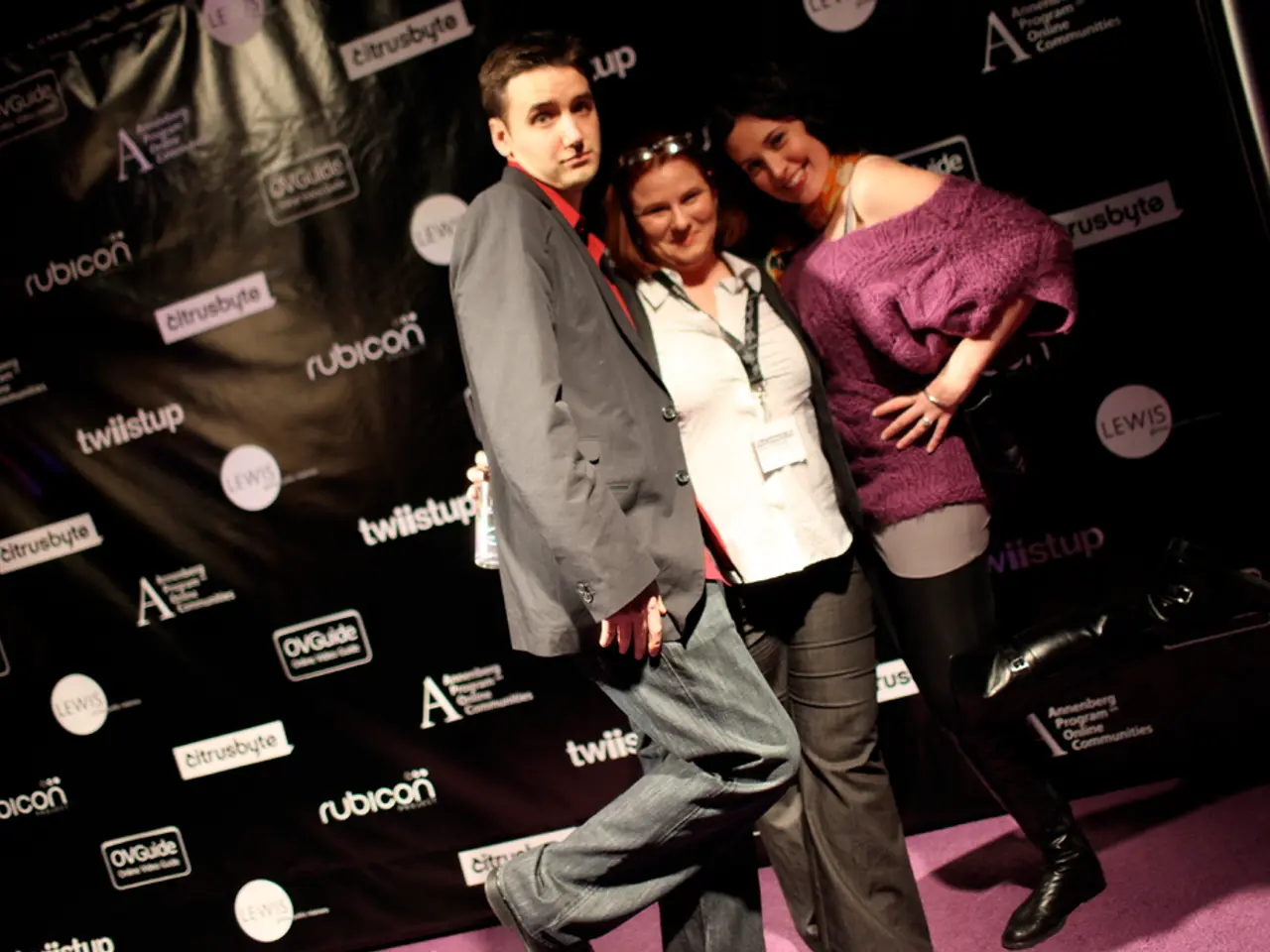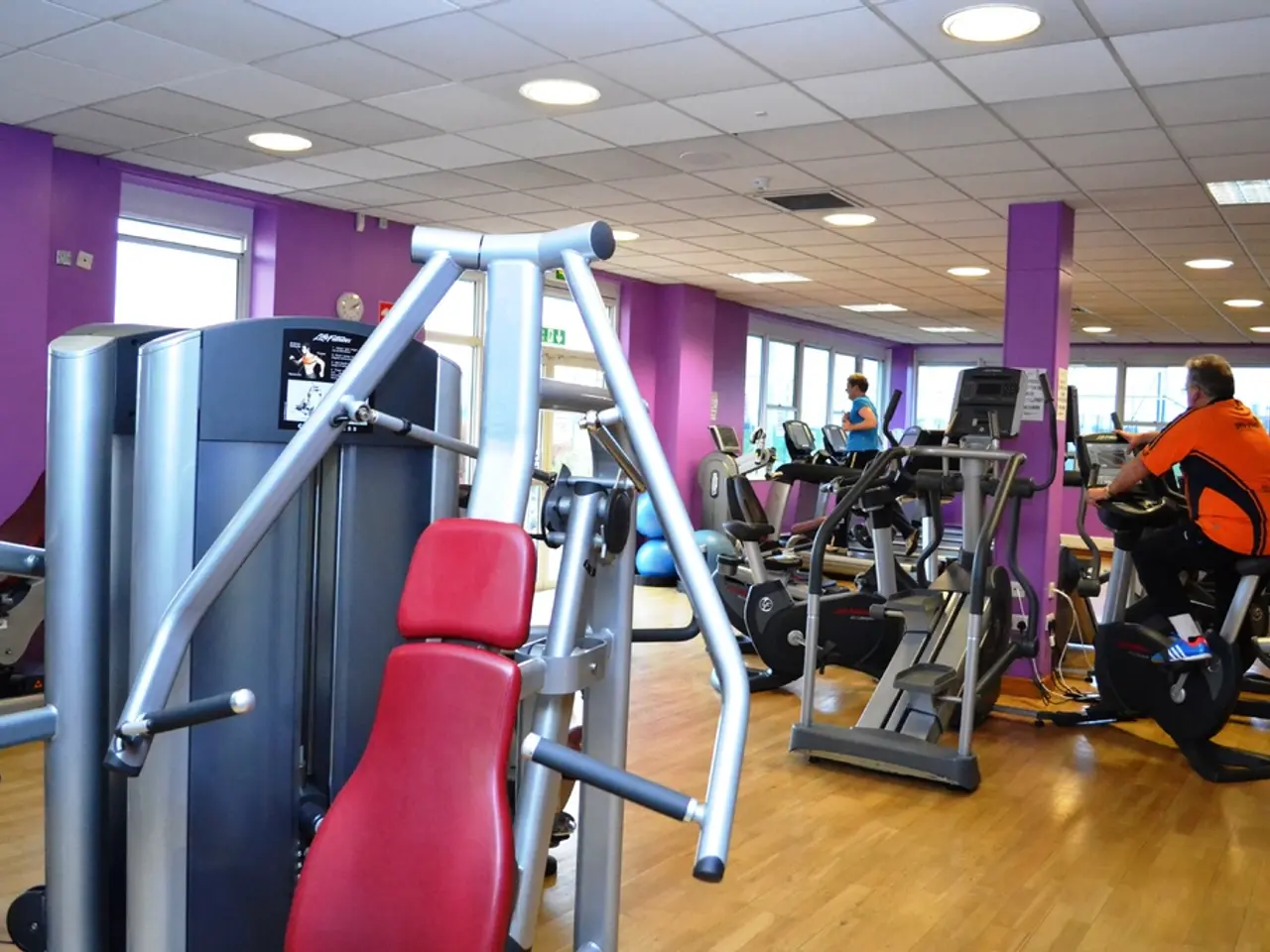The Functioning and Impact of Zoom Exhaustion on the Human Brain
The growing phenomenon of 'Zoom fatigue' is a real, cognitive strain caused by the hyperstimulating nature of virtual communication. This modern form of mental exhaustion, particularly experienced after hours on video calls, goes beyond simple screen tiredness, targeting multiple brain systems for excessive stimulation. Researchers have confirmed the stressful impact of video conferencing on the brain, with such interactions overloading the prefrontal cortex and salience network.
The term 'Zoom fatigue' was popularized during the COVID-19 pandemic, but the brain's underlying mechanisms extend beyond any single platform. Video calls, regardless of the platform used, have a common effect on neurons, causing a unique type of cognitive stress. This is not merely a technological issue, but rather, how the brain processes interaction through a digital filter.
During video calls, several factors contribute to this mental strain:
- Constant eye contact without the nuance of real-life interaction. This results in feelings of social anxiety and vigilance, even during low-stakes meetings.
- Encountering faces in boxed compartments, making it difficult for the brain to decode emotional tone accurately. This challenge is further complicated by delayed reactions, blurred cues, and limited motion in the digital environment.
- Seeing oneself on screen during the call proves to be a distraction, initiating a self-monitoring loop that is subtle yet energy-consuming.
- The lack of physical movement associated with video conferencing contributes to mental stagnation, as the body's usual aid in maintaining alertness is absent.
- Increased cognitive switching overload due to the need to multitask between listening, looking at slides, reading chat, managing the microphone, and checking notes.
It is essential to distinguish 'Zoom fatigue' from regular screen fatigue. While both forms involve overstimulation and mental drain, the former incorporates social pressure, mirror anxiety, and hypervigilance.
Strategies to combat 'Zoom fatigue' can help conserve brainpower without abandoning video communication altogether:
- Prioritize audio calling when possible, eliminating the pressure of maintaining a 'camera face.'
- Hide one's self-view to minimize self-monitoring and reduce anxiety.
- Schedule brief breaks between calls, using that time to activate the body, hydrate, and space away from screens.
- Switch to speaker view during the call, enabling focused attention on one person at a time.
- Turn off the camera during passive sessions, allowing the visual system to rest for a while.
- Support the brain with natural nootropic supplements such as citicoline, Rhodiola rosea, and L-theanine, which can help manage digital fatigue, improve focus, and prevent cognitive drain.
For long-term solutions, it is beneficial to reassess daily structures, implementing practices like bundling meetings, scheduling no-meeting days, using asynchronous tools, and negotiating expectations to reduce the overall impact of 'Zoom fatigue.' The goal is not to eliminate video conferencing but to utilize it wisely, preserving cognitive resources for productive work and efficient communication.
In conclusion, 'Zoom fatigue' is a genuine, cognitively expensive phenomenon, rooted in the brain's unique response to remote social interaction, sensory input, and cognitive load. By adopting smart strategies and best practices, professionals can maintain their mental edge, thrive in demanding digital environments, and communicate effectively, even amidst the growing dominance of virtual meetings in our modern world.
The growing trend of 'Zoom fatigue' is a real, cognitive strain caused by the hyperstimulating nature of virtual communication, targeting multiple brain systems for excessive stimulation. This modern form of mental exhaustion goes beyond simple screen tiredness, affecting the attention, focus, and mental health of individuals.
Researchers have confirmed the stressful impact of video conferencing on the brain, with such interactions overloading the prefrontal cortex and salience network. The term 'Zoom fatigue' was popularized during the COVID-19 pandemic, but the brain's underlying mechanisms extend beyond any single platform.
During video calls, factors such as constant eye contact, encountering faces in boxed compartments, seeing oneself on screen, the lack of physical movement, and increased cognitive switching overload contribute to this mental strain. This is not merely a technological issue, but rather, how the mind processes interaction through a digital filter.
Strategies to combat 'Zoom fatigue' can help conserve brainpower without abandoning video communication altogether. Prioritizing audio calling, hiding one's self-view, scheduling brief breaks, switching to speaker view, turning off the camera during passive sessions, and supporting the brain with natural nootropic supplements can all help manage digital fatigue, improve focus, and prevent cognitive drain.
For long-term solutions, it is beneficial to reassess daily structures, implementing changes like bundling meetings, scheduling no-meeting days, using asynchronous tools, and negotiating expectations to reduce the overall impact of 'Zoom fatigue.' The goal is not to eliminate video conferencing but to utilize it wisely, preserving cognitive resources for productive work and efficient communication.
In the realm of health-and-wellness and workplace-wellness, technology plays a crucial role in combating 'Zoom fatigue.' By understanding the scientific implications of 'Zoom fatigue' on mental health and the brain, companies can take proactive steps to foster a culture of mental well-being among their employees, contributing to a more productive and engaged workforce.
In conclusion, 'Zoom fatigue' is a genuine, cognitively expensive phenomenon, rooted in the brain's unique response to remote social interaction, sensory input, and cognitive load. By adopting smart strategies and best practices, professionals can maintain their mental edge, thrive in demanding digital environments, and communicate effectively, even amidst the growing dominance of virtual meetings in our modern world.




